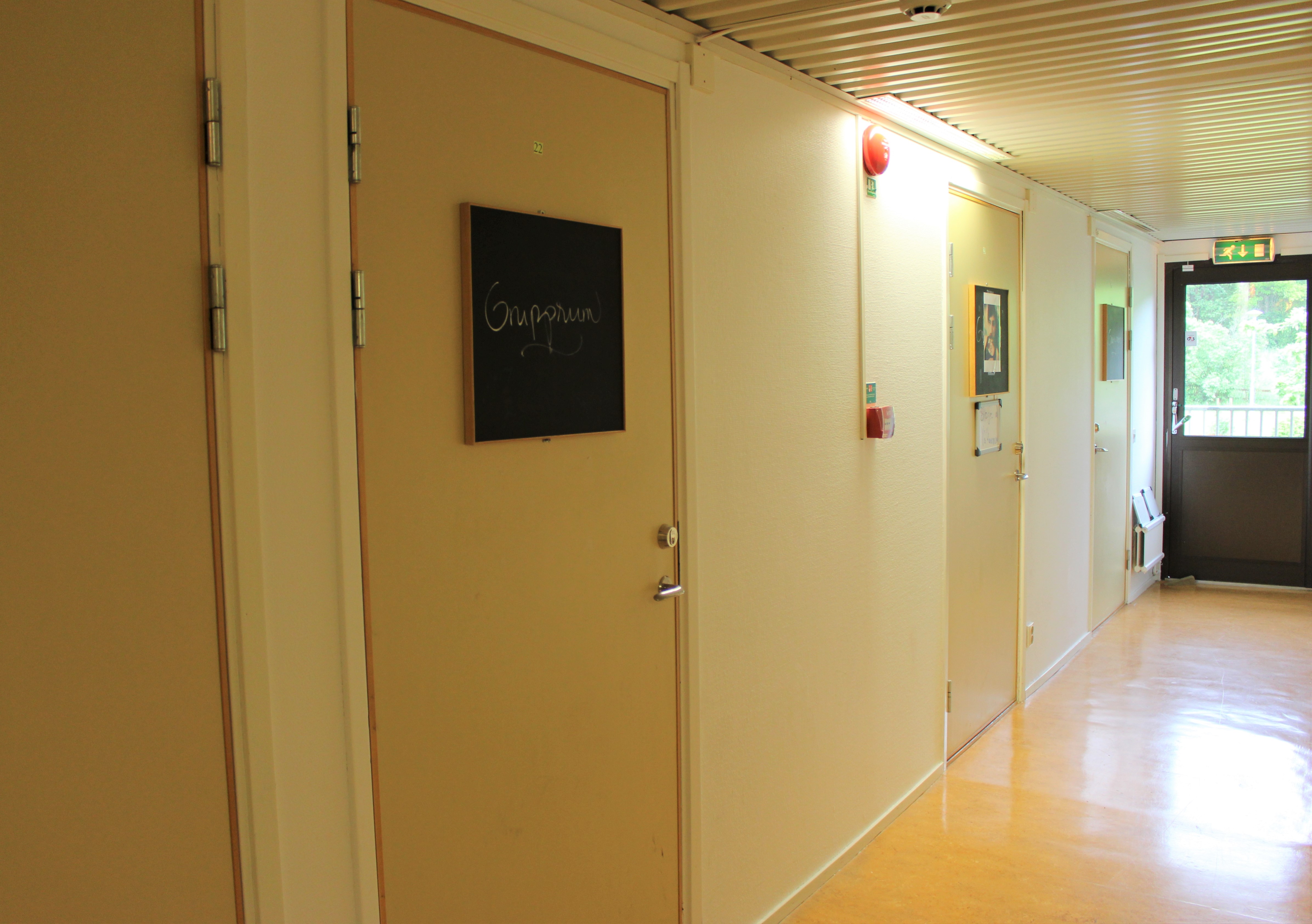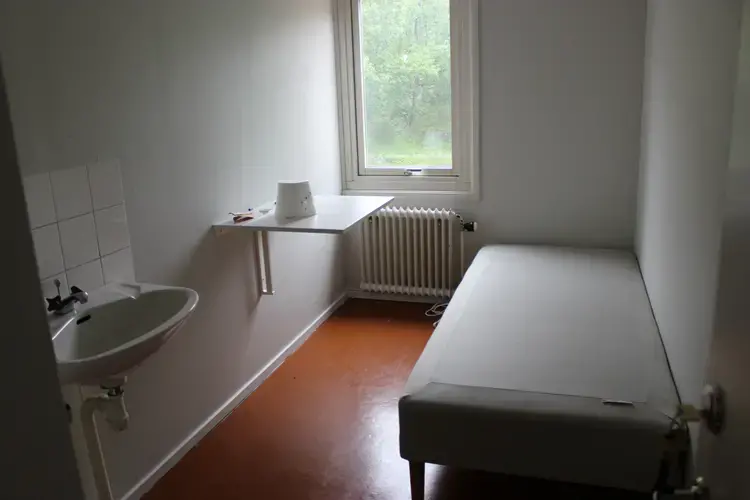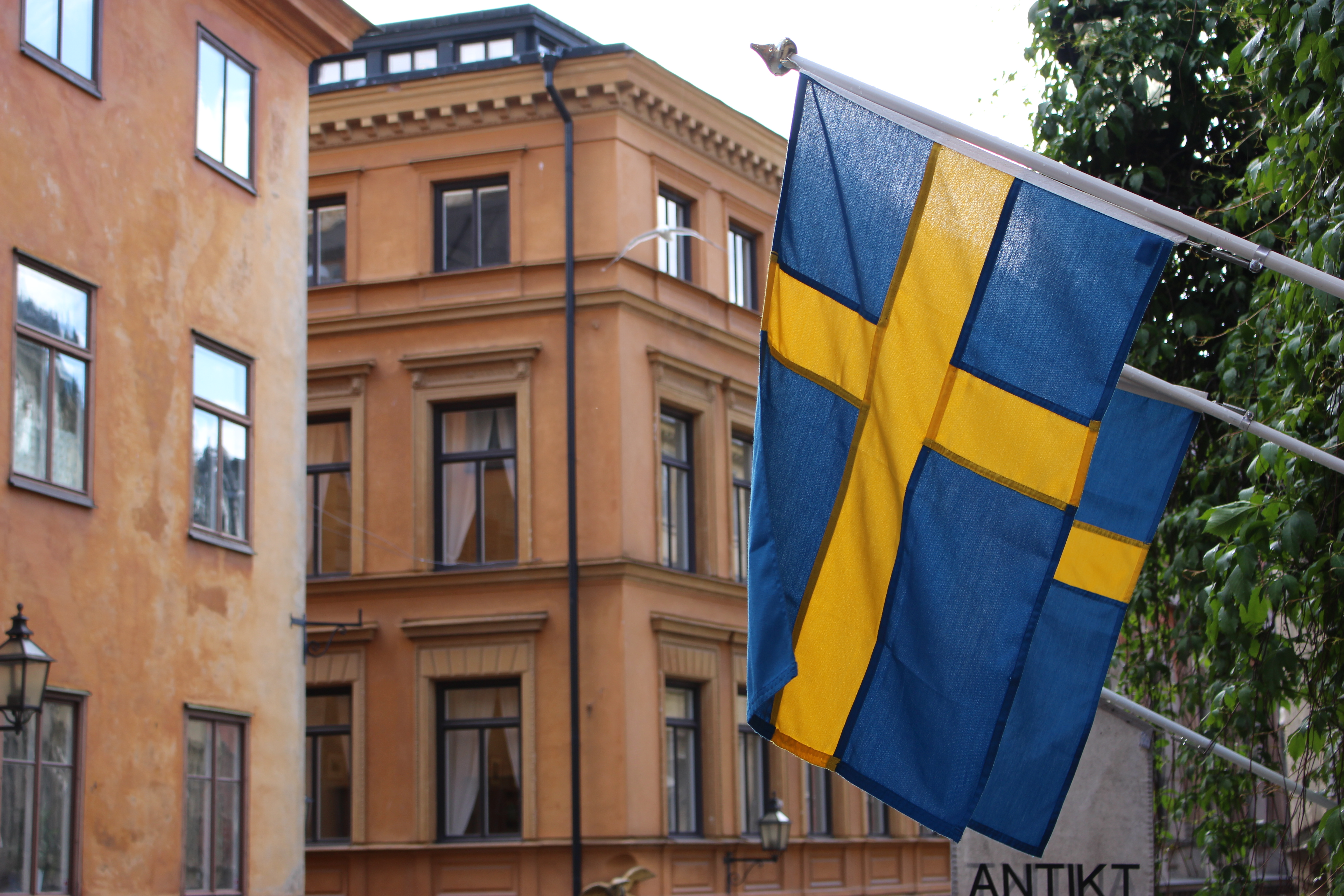
Inside each room are living quarters for child asylum seekers, each of whom is without family. I met several of the youths inside the center, joining them for a lunch of Persian food made by the center’s chef who is a refugee herself. During the day of my visit, a group of former residents came to see old friends and staff members who treat the children as their own. One of the visitors was a refugee from Somalia named Fahad, who had been trapped in a Libyan prison camp before coming to Sweden. He was visiting from a different housing center to which he had been moved because of mental health complications, but he arrived that day with good news. His mother and siblings whom he had not seen in a long time were granted asylum by Sweden. They will be making the journey to Europe to live with him. While this is rare, I was told the Swedes call this a "sunshine story."

New residents are given a small sum of money with which they may buy a decoration for their room. While many of the residents seem to be upbeat, going to school and spending free time with friends, mental health issues have forced some to move into alternative housing centers better equipped to handle trauma. During room checks at the end of May, Jaana Nilsson, a coordinator at the center, said the sink and mirror of one bathroom were found covered in blood. The child living there had sustained a self-inflicted injury to the head with a razor. He survived and is now undergoing treatment.





